The Principal Investigators
University of Bayreuth
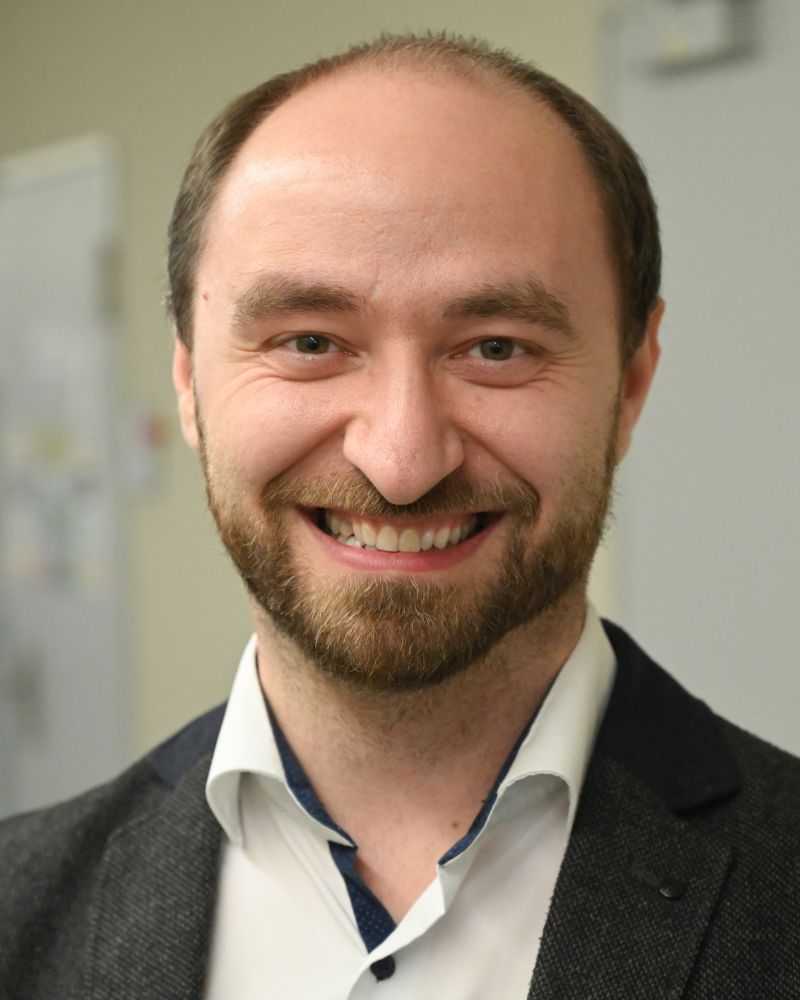
Prof. Dr. Johannes C. Brendel
Chemistry
University of Bayreuth, Macromolecular Chemistry I
+49 921 55-3200
johannes.brendel@uni-bayreuth.de
mc1.uni-bayreuth.de
The research group of Prof. Brendel focuses on the synthesis and design of functional polymers and block copolymers, as well as their assembly into hierarchical nanostructures. Our main interest lies in understanding the underlying processes and controlling structure formation by tailoring interactions between the polymers. As part of the IRTG, we will investigate structure-property relationships of organic semiconductors and conjugated polyelectrolytes by varying their chemical composition and correlating structure formation with transport properties.
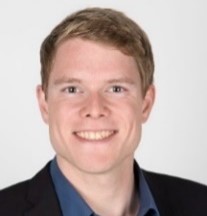
Prof. Dr. Georg Herink
Experimental Physics
University of Bayreuth, Ultrafast Dynamics Group
+49 921 55-3161
georg.herink@uni-bayreuth.de
ultrafast.uni-bayreuth.de
The research group “Ultrafast Dynamics“ investigates light-matter interactions in solids and nanostructures. A key focus lies on applying novel schemes to excite and probe nanosystems combining visible and intense Terahertz radiation.
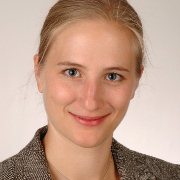
Prof. Dr. Eva M. Herzig
Experimental Physics
University of Bayreuth, Dynamics and Structure Formation
+49 921 55-2619
eva.herzig@uni-bayreuth.de
herzig.uni-bayreuth.de
Research in the Herzig Group focuses on the fundamental science and applications of functional thin films. The examined materials range from organic molecules to nanostructured hybrid systems. We focus on processing-property relationships to investigate how the fundamental structure formation and self-assembly processes influence the final material performance. With our own X-ray system in the laboratory and using X-rays at synchrotrons we can resolve molecular arrangements on the nanoscale.

Prof. Dr. Anna Köhler
Experimental Physics, Opto-electronic processes in organic semiconductors
University of Bayreuth, Soft Matter Optoelectronics
ARC Centre of Excellence in Exciton Science
+49 921 55-2600
anna.koehler@uni-bayreuth.de
ep2-bayreuth.de
Research in the Köhler group explores the fundamental science and applications of materials ranging from organic molecules and solids to nanostructured and hybrid systems. Current work of Professor Köhler focuses on common processes such as energy and charge transfer, self-assembly, spin transitions, nanoscale and interfacial electronic phenomena in organic semiconductors, and the application of these processes in devices
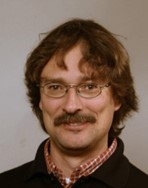
Prof. Dr. Jürgen Köhler
Spectroscopy of Soft Matter
University of Bayreuth, Spectroscopy of Soft Matter
ARC Centre of Excellence in Exciton Science
+49 921 55-4000
juergen.koehler@uni-bayreuth.de
ssm.uni-bayreuth.de
The research of the group "Spectroscopy of soft Matter" deals in general with the electronic structure of molecular systems. The main methods of investigation are optical spectroscopy techniques with a methodological focus on single-molecule spectroscopy. The research involves biological and organic materials that are relevant for material science such as molecular aggregates, macromolecules, proteins, or polymers.
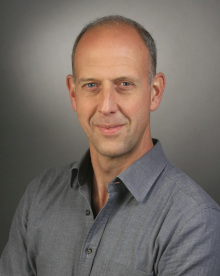
Prof. Dr. Stephan Kümmel
Theoretical Physics
University of Bayreuth, Electronic Structure and Dynamics
+49 921 55-3220
stephan.kuemmel@uni-bayreuth.de
tp4.uni-bayreuth.de
Exploring the electronic structure and dynamics of molecular and nanoscale systems and developing first-principles methods for that purpose is the research focus of the Kümmel group. Density Functional Theory (DFT) and its time-dependent (TD) extension are at the heart of most of our work. We develop exchange-correlation approximations with a special focus on deriving non-empirical, numerically efficient functionals that incorporate physics that has traditionally been qualified as “difficult for DFT”, such as charge-transfer and band-gap problems. We also apply (TD)DFT to understand properties of materials.
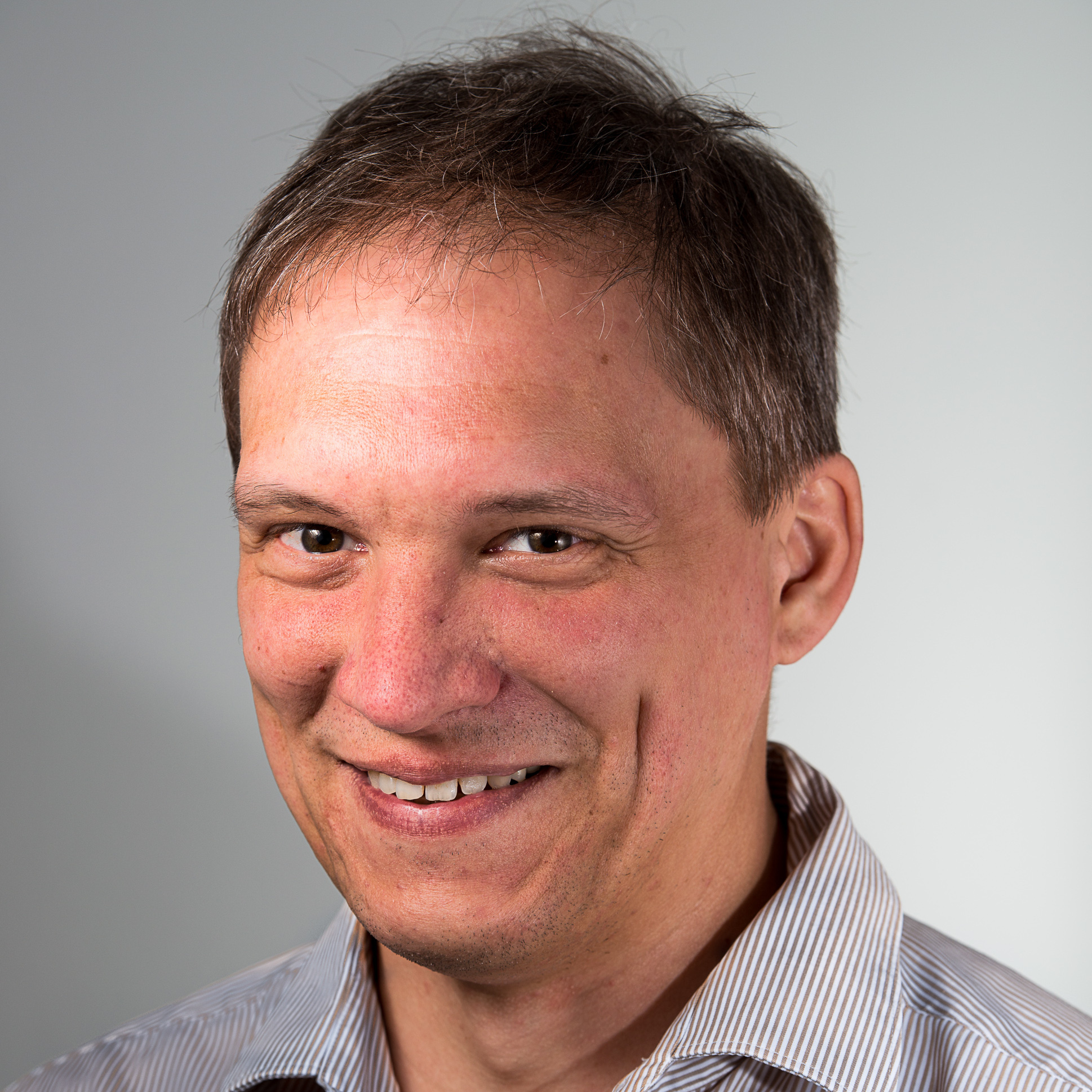
Prof. Dr. Markus Lippitz
Experimental Physics
University of Bayreuth, Ultrafast Nanooptics
ARC Centre of Excellence in Exciton Science
+49 921 55-3800
markus.lippitz@uni-bayreuth.de
ep3.uni-bayreuth.de
The focus of the research group of Markus Lippitz is on ultrafast nanooptics, applying optical techniques of high temporal resolution (up to femtoseconds) to the spectroscopy of single nanoobjects. The group investigates coherent effects in self-assembled quantum dots, incoherent carrier dynamics in colloidal semiconducting nanocrystals and metal nanoparticles and higher-harmonic generation in plasmonic nanostructures.
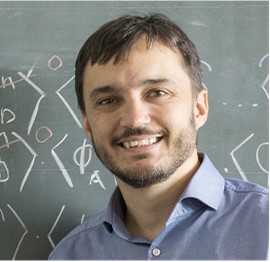
Prof. Dr. Harald Oberhofer
Theoretical Physics
University of Bayreuth, Computational Materials Design
+49 921 55-4461
harald.oberhofer@uni-bayreuth.de
oberhofer.physik.uni-bayreuth.de
The Oberhofer group mainly works on the theoretical elucidation of charge transport in various inorganic and organic materials and, based on the knowledge gained, the design of new materials. To this end, we employ first- principles and multi-scale simulation methods and, based on these, appropriately parametrised machine learning models to efficiently sample the respective design spaces.
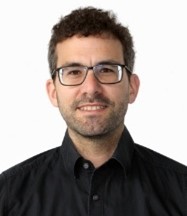
Prof. Dr. Markus Retsch
Chemistry
University of Bayreuth, Physical Chemistry
+49 921 55-3920
markus.retsch@uni-bayreuth.de
retsch.uni-bayreuth.de
Prof Retsch is interested in the synthesis and fabrication of nano- and mesostructured materials based on colloidal self-assembly and lithographic techniques. Such tailor-made materials exhibit distinct properties, which are often strongly governed by the interplay of the structure and the material composition. We have a strong interest in unraveling these structure-property relationships with a particular focus on their thermal transport and optical properties. Within the framework of this IRTG we are interested in how such (non)periodic structures can be used across various materials to control the absorption, scattering, and reflection properties.
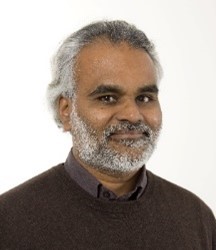
Prof. Dr. Mukundan Thelakkat
Chemistry
University of Bayreuth, Applied Functional Polymers
+49 921 55-3108
mukundan.thelakkat@uni-bayreuth.de
afupo.de
A key theme running through the research activities of Thelakkat group is the design, synthesis and application of complex, multifunctional organic and hybrid material systems, especially built up of charge transport molecules, and charge generation materials. Thelakkat has been working continuously in the field of organic semiconductors and devices for the last 25 years. During this period, his group has specialized in tailor-made synthesis of functional molecules and polymers for charge transfer and energy transfer processes.
University of Melbourne
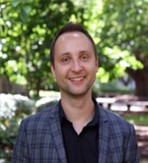
Dr. Lars Goerigk
Theoretical Chemistry
University of Melbourne
Centre for Theoretical and Computational Chemistry
ARC Centre of Excellence in Exciton Science
+61 383 44 6784
lars.goerigk@unimelb.edu.au
goerigk.chemistry.unimelb.edu.au
The Goerigk group is one of three groups the Melbourne Centre of Theoretical and Computational Chemistry located in the School of Chemistry at The University of Melbourne. Our main focus is the method development and evaluation of Density Functional Theory methods for electronic ground and excited states. We also work closely together with experimentalists to provide computational input in areas such as synthesis, materials design and the development of organic molecules to be used in photovoltaics or sensing.
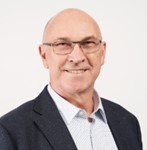
Prof. Dr. David Jones
Chemistry
University of Melbourne, School of Chemistry
+61 383 44 2371
djjones@unimelb.edu.au
A/Prof Jones is currently a Research Group Leader developing high performance organic electronic materials for large area printed solar cells and their translation to large area printed solar cells. He has developed new classes of high-performance materials with a high temperature nematic liquid crystalline phase with exceptional materials properties. His research collaborations include USA (NIST, Georgia Tech, Princeton, NREL), KAUST, Germany (KIT, MPIP, Ulm, Merck, Bayreuth), and UK (Imperial, Cambridge, Swansea) along with extensive collaborations within Australia.
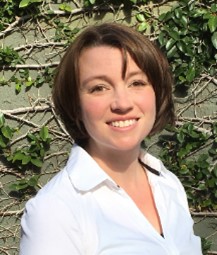
Dr. Valerie Mitchell
Chemistry
Australian Synchrotron Beamline Scientist
+61 484 13 9113
mitchelv@ansto.gov.au
ansto.gov.au/people/valerie-mitchell
Dr. Mitchell’s research strives to understand and control the morphological development of organic photovoltaic active layers in order to optimize excitonic harvesting and device efficiency. Current work focuses on using synchrotron techniques to understand the relationship between material design, processing and performance of advanced organic materials. High-performance polymers are of special interest as a bottom-up approach to achieve morphological control.
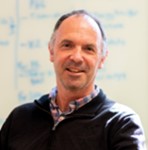
Prof. Paul Mulvaney
Chemistry
University of Melbourne
ARC Centre of Excellence in Exciton Science
+61 383 44 2405
mulvaney@unimelb.edu.au
excitonscience.com/users/prof-paul-mulvaney
Prof Mulvaney is a materials chemist who focuses on the use of semiconductor nanocrystals as excitonic materials for solar energy conversion, sensors and security labelling. He is interested in exciton transport in nanocrystal systems and self-assembly of nanocrystals.
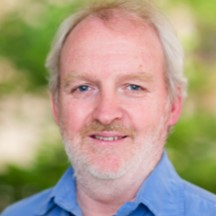
Prof. Trevor Smith
Chemistry
University of Melbourne, School of Chemistry
ARC Centre of Excellence in Exciton Science
+61 383 44 6272
trevoras@unimelb.edu.au
Prof. Smith’s primary interests are the development of super-resolution optical imaging methods and the use of ultrafast laser spectroscopy and time-resolved microscopy to study fast chemical processes, including energy transfer, electron transfer and excitons in polymers, nanocrystals and other materials.
Monash University
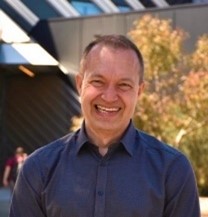
Prof. Udo Bach
Chemical Engineering
Monash University, Chemical & Biological Engineering
ARC Centre of Excellence in Exciton Science
+61 399 05 6264
Udo.Bach@monash.edu
monash.edu/engineering/udobachgrp
Prof. Bach has a strong background in the area of photovoltaics and nanofabrication. He is involved in fundamental and applied research in the area of perovskite and dye-sensitised solar cells, and has additional research activities in the area of nanofabrication, DNA-directed self-assembly, nanoprinting, plasmonics for sensing and combinatorial photovoltaic materials discovery.
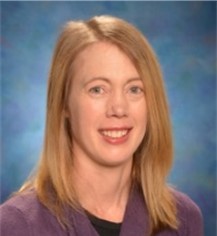
Dr. Alison M. Funston
Chemistry
Monash University, School of Chemistry
ARC Centre of Excellence in Exciton Science
+61 399 05 6292
alison.funston@monash.edu
Dr. Funston's research explores the enormous potential of hybrid inorganic/organic systems within systems designed for directed energy transfer. These include nanocrystals (metal and semiconductor), assemblies of nanocrystals, metal nanowires and nanoplates, conjugated polymers, and donor-acceptor systems, with expertise in synthesis, self-assembly and photophysics both at the ensemble and single nanocrystal/assembly level.
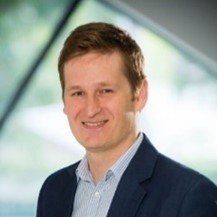
Prof. Jacek J. Jasieniak
Materials Science and Engineering
Monash University
ARC Centre of Excellence in Exciton Science
+61 399 05 9584
jacek.jasieniak@monash.edu
Prof Jasieniak is interested in developing nanoscale materials and applying these to energy technologies that can be commercialized to solve real world problems. Over the past 20 years he has innovated in a variety of solar cell technologies, including organic bulk heterojunctions, hybrid dye-sensitized solar cells and inorganic CdTe, CZTS, CIGS and perovskites, as well various other emerging energy-related technologies.
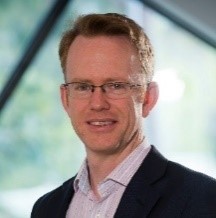
Prof. Christopher McNeill
Materials Science and Engineering
Monash University
+61 399 02 4896
christopher.mcneill@monash.edu
mcneillresearchgroup.com
Research in the McNeill research group is focused on exploring the interface between the materials science and device physics of solution processes semiconductors including those based on organic and hybrid perovskite materials. The group has particular expertise in the characterisation of semiconductor thin films with synchrotron-based techniques including grazing incidence wide-angle X-ray scattering (GIWAXS), near-edge X-ray absorption fine-structure (NEXAFS) spectroscopy, resonant soft X-ray scattering (R-SoXS) and resonant tender X-ray diffraction.

